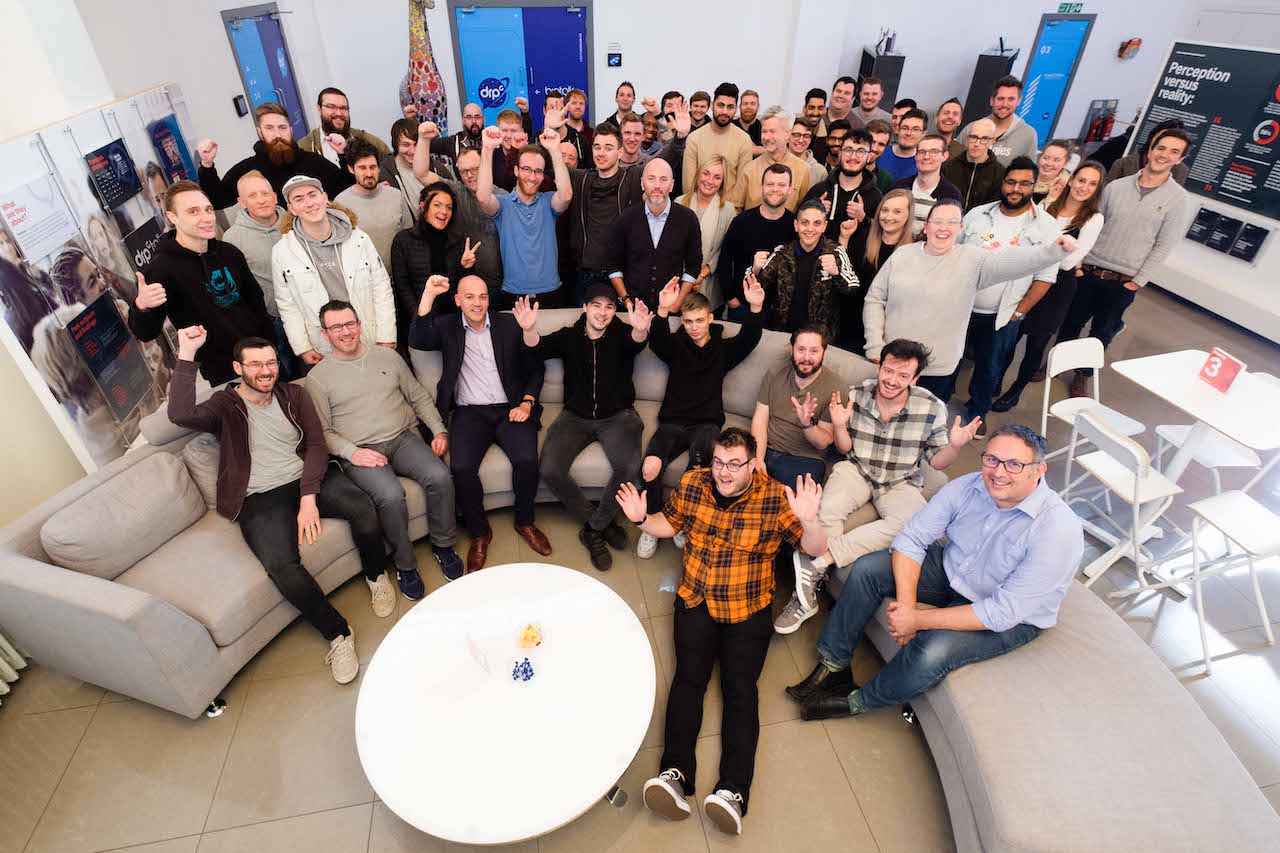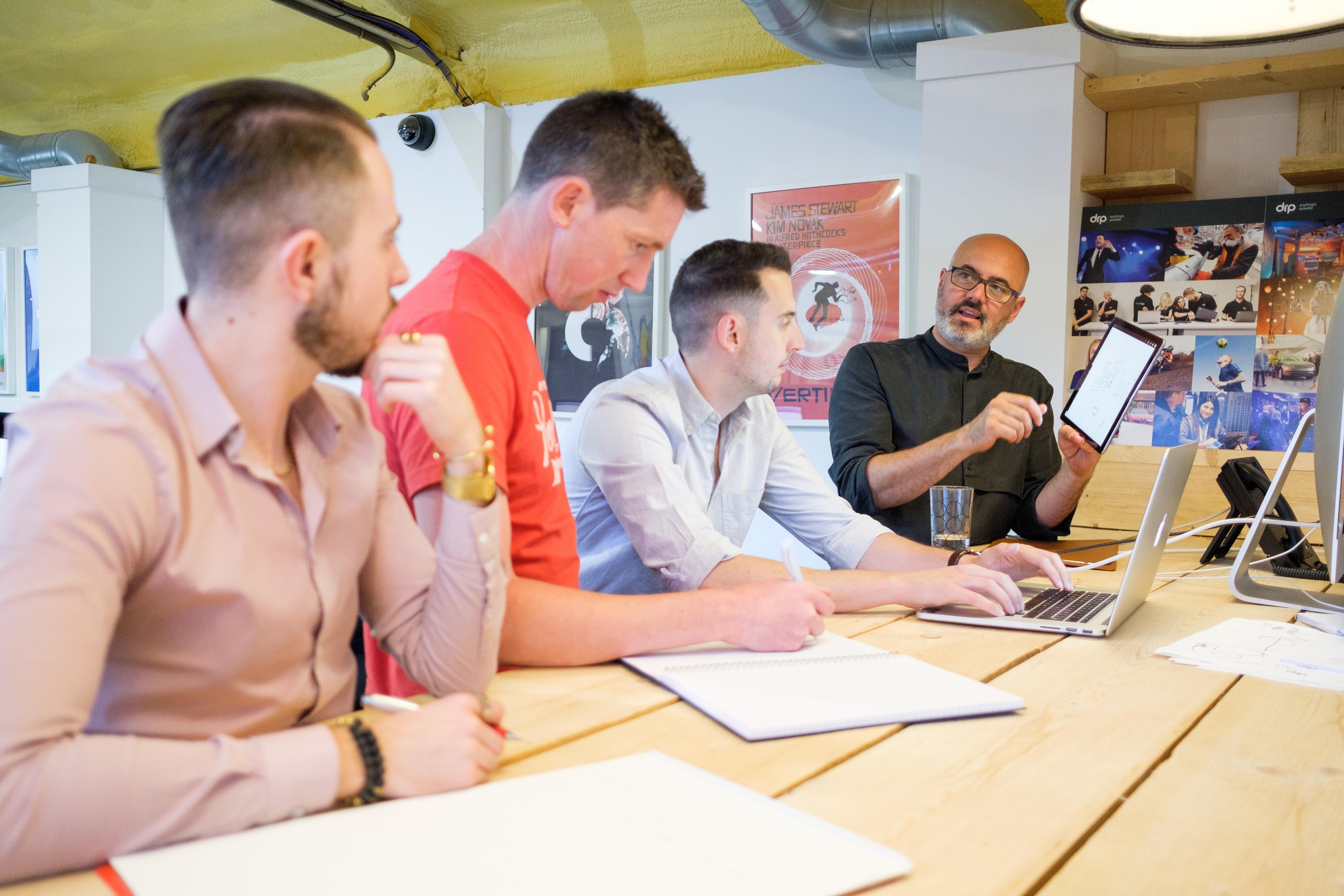Engaging your employee is the key to retaining your best talent. Employee engagement is the biggest challenge for HR professionals in 2019. According to a study by software provider, Cascade HR, 40% of respondents to the survey of 423 UK HR directors, managers and executives pinpointed engagement as the major issue for 2019, with recruitment and retention a close second (37%) and third (36%).
Oliver Shaw, Chief Executive of Cascade, said: “It’s been an interesting year for UK organisations, with Brexit, compliance and employment tribunals dominating the headlines. But I believe some of the most pivotal developments have surrounded the future of work debate.”
Retention (35%) was the most common choice for respondents when asked which area they have excelled in during 2018, followed by wellbeing (32%), learning and development (32%), and diversity (30%).
A further study by Market Inspector in 2018 saw a huge 72% of respondents saying they saw their job as a role and only 28% thinking of their job as a career they were invested in. Fear not we take a look at how to keep employees engaged rather than running for the nearest exit.
Engaging employees
"Highly engaged employees make the customer experience. Disengaged employees break it." (Timothy R. Clark)
Employee engagement has to be more than knowing and understanding whether a member of the team likes their job or not. Being able to measure and monitor employee engagement will give you a clear picture of how committed an individual is to their job, thus how committed they essentially are to the business and the success of the company as a whole. A good employee should be emotionally invested in their job and not just be counting down the hours to the second they can walk out the door and go home. There needs to be investment in what they are doing which is always a two-way street. Understanding the level of engagement is the first step in being able to use this knowledge to your benefit. Step two is working on improving employee engagement and creating a workforce that is not just happy but motivated and driven to succeed personally and wanting to produce results for the good of the company as a whole. There are hurdles to jump in order to get there…
1. Praise your employees
We all like to hear that we’re doing a good job. Just like getting a gold star on your homework back at school, being told you’re working hard and are an asset to your company is worth its weight in gold. Now for the science part…
Psychologists and researchers have long been fascinated by the effects of praise on workplace performance and behaviour, and what this means for organisations. In 2004, the Gallup Organisation conducted a worldwide research project, surveying more than four million employees about the importance of praise and recognition.
Being praised actually triggers the release of dopamine, a neurotransmitter that helps control the reward and pleasure centres of the brain. As well as making us feel fantastic, dopamine can also contribute to innovative thinking and creative problem-solving at work. BINGO!
Let’s not beat around the bush here. People love to be praised. That feeling of being recognised for doing a good job or working hard can give someone the push and incentive to work even harder and carry on producing fantastic results. Even the smallest bit of praise can light you up like a Christmas tree so don’t scrimp on praise.
2. Praise employees often...
It won’t do the trick to just hand out praise in a stingy way or once in a blue moon. The praise has to be meaningful and constant. The positive effects of a smidgen of praise are short-lived and scientists have said that for praise to have an enduring impact on employee engagement, it needs to be offered regularly. Jim Harter, Chief Scientist at Performance Management Consultancy the Gallup Organisation says: "Recognition is a short-term need that has to be satisfied on an ongoing basis." This is incredibly important, as the research conducted by Gallup indicated that employees who report that they are not adequately recognised at work are three times more likely to say they will leave in the following year.
3. No news is good news?
We have all worked at companies where we reckon that no news is good news, quietly keeping under the radar and not wanting to make a fuss and ask for reviews or appraisals. Nothing has been said, so all must be hunky dory, right? WRONG! Far too many workplaces operate on a “no news is good news” system but telling people that they are doing a good job is far more beneficial for employees and will lead to increased self-esteem and far more motivation. If someone has no idea whether their efforts are appreciated, they’ll start to wonder why they should bother and then the rot sets in. Sending a quick email to give positive and constructive feedback can go really far and if time allows, a chat face to face can be just what the doctor ordered and will lead to a massive boost in morale!
4. Pass the peanut (friendly workplace competition)
One employee we chatted to when compiling this blog told us of his start-up company who had a singing dancing peanut toy (weird yet wonderful) that was passed around like a championship belt when an employee was awarded employee of the month. “It was literally a tacky souvenir shop dancing peanut,” he told us. “But people really went wild for that thing and were bringing their A game just to get the peanut on their desk for the month.” Singing dancing peanuts or otherwise, the concept of, “employee of the month” may seem outdated by some, but employees and validation junkies alike, still love having their best efforts rewarded in a public way amongst their peers. Be it a dancing peanut or a certificate that marks that they worked hard and gave it their best shot, it’s worth bringing something physical into the mix.
5. 20/20 vision. (* should have gone to Specsavers?)
Now your employees are feeling more praised and engaged, it’s time to take a look at the company as a whole and consider whether all members of staff have a clear vision for the company. Ask yourself these questions, does everyone know where the company is going? Do they have a clear idea of goals and strategies and plans for the company? If you want your employees to come with you on the journey, then you need to be a strong leader and know where you’re going too. You also need to know the end location, and how can you inspire people to come with you. If you don’t know where you’re going, how will you inspire anyone else to come with you? Set achievable goals for employees that will also challenge the team or individual. Remember that most people will make a big effort if they feel challenged, and the goal should have meaning and not just be financially motivated. Find the vision, share the vision and passion will flow with employees which can then be conveyed to customers.
6. Show the impact
A study by Adam Grant has shown the importance of showing employees who their work impacts. The study looked at a software firm’s call centre, where one group of employees were given inspirational and motivational words by the CEO. Another group met an “internal customer” (an employee in another department whose salary depends on the call centre’s sales). The other group had a 20% improvement in revenue. According to Grant: “Leadership is most effective in motivating followers when they interact with the beneficiaries of their work, which highlights how the vision has meaningful consequences for other people.” Translated: Employees will thrive with purpose and meaning.
7. Freedom
According to a study by AAT, flexible workers believe they work more effectively than those in a traditional nine to five job. The business case for flexible working means that eventually there needs to be more of a cultural shift so it can be embraced more widely and empower employees. The study showed that workers who are offered the option of flexible working are benefiting UK business by taking less leave and working more productively. The poll compared the productivity of 1,500 workers who set their own hours or working location against 500 who didn’t. Three-quarters of these workers said they’d be reluctant to leave their current place of work if a new one didn’t allow the same flexibility. Olivia Hill, Chief HR Officer at AAT said: “Flexible working has a huge number of benefits for employees and employers alike, in this connected world, all many people need to work, is a laptop and a stable internet connection - which can be found in many places other than the office environment.” Empowering employees means giving up some control, which is easier said than done, but it can often lead to better experiences for both the organisation and its customers.
8. Involve everyone
It’s important to remember that brand strategy and conversations about the company as a whole shouldn’t be limited to the boardroom. To fully engage employees, it’s good to share ideas and listen to ideas from different rungs of the ladder. If you give your employees a voice it will essentially allow them to feel more personally invested, and the plus side is you get more ideas brought to the table and more conversations opening up… it’s good to talk!











